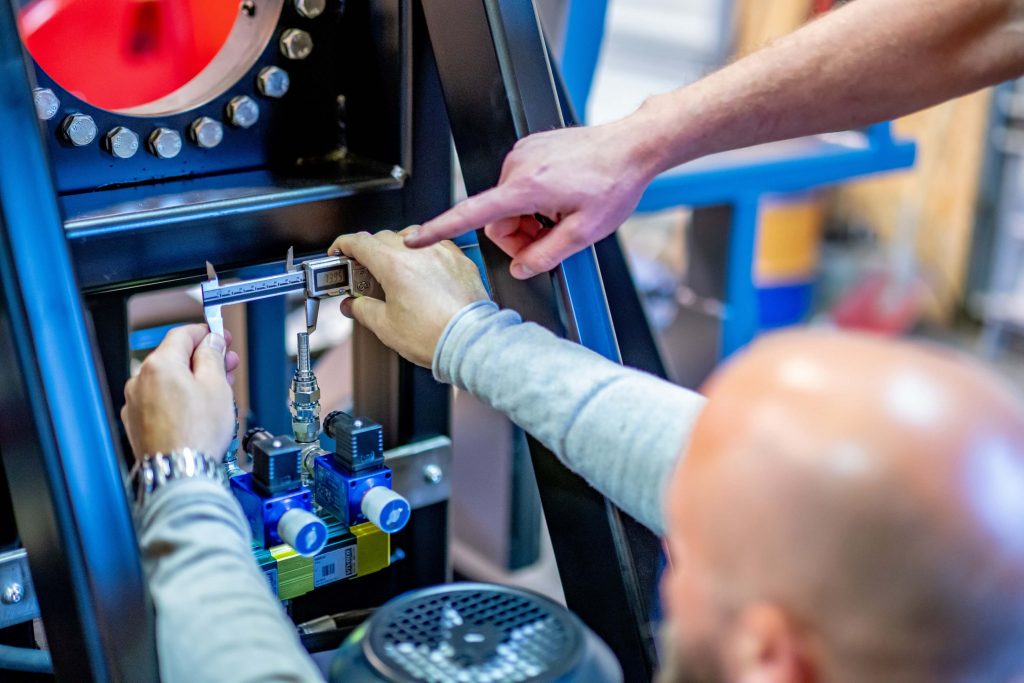A semi-automatic machine refers to a device that performs certain tasks or operations with limited human intervention.
In the context of various industries, including manufacturing, Pharma, and electronics, the term "semi-automatic" is used to describe a machine that partially automates a process but still requires human input or control for certain aspects.


Semi-automatic machines can often perform tasks more quickly and consistently than manual labor alone, or semi-Automatic machines.
This increased productivity can result in higher output levels within a given time frame, allowing companies to meet demand more efficiently.
By producing more units or completing tasks faster, businesses can achieve economies of scale and potentially reduce production costs per unit, and therefor produce more for the same cost.
Safety is an important consideration when it comes to using semi-automatic machines.
While these machines can offer certain benefits and efficiencies, they also introduce new factors that must be carefully managed to ensure the safety of operators and those in the surrounding environment.
All our machines are CE-Marked to make sure that it meets the requirements for the specific type of equipment.


When considering customer requirements in the context of semi-automatic machines, it is important to understand and address specific needs and expectations.
Many of our Customers will have specific requirements regarding the functionality and performance of the semi-automatic machine.
This includes the tasks the machine needs to perform, the level of automation desired, the speed and accuracy of operations, and any special features or capabilities required.
Understanding and meeting these functional requirements is crucial to ensuring our customer satisfaction, and therefor also important to us.
Standard Operating Procedures: Clearly documented standard operating procedures (SOPs) should be developed and followed for the safe operation of semi-automatic machines.
SOPs should cover machine setup, start-up, shutdown, routine maintenance, and emergency procedures.
Regular review and reinforcement of these procedures are important to maintain a safe working environment.
